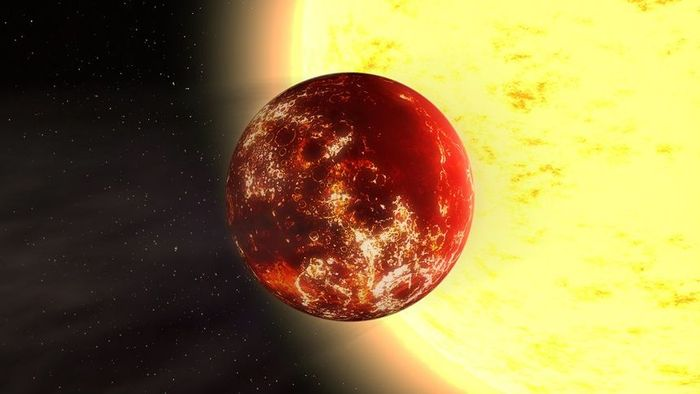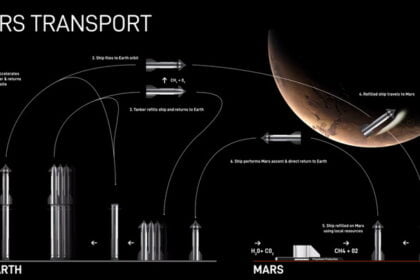Astronomers have discovered that one of the planets in the binary star system 55 Cancri is potentially habitable. The study’s authors, Kaspar von Braun of the California Institute of Technology and his colleagues, describe the properties of the binary star system 55 in the constellation of Cancer, called 55 Cancri f.

- Type: Gas Giant – It’s likely a large planet with no solid surface, similar to Jupiter or Saturn.
- Mass: Minimum of 0.14 times Jupiter’s mass, roughly half that of Saturn. Due to detection limitations, this is only a minimum value, it could be more massive.
- Orbit: It circles its star, 55 Cancri A, at a distance of 0.78 astronomical units (AU), which is slightly farther than Earth’s distance from the Sun (1 AU). It takes about 260 days to complete one orbit.
- Discovery: Detected in 2*007 using the radial velocity method, which measures the wobble of the star caused by the planet’s gravity.
Interesting tidbit: 55 Cancri f resides within the habitable zone of its star. This zone is the range of distances where liquid water, and potentially life as we know it, could exist on a planet’s surface. However, since 55 Cancri f is a gas giant, it wouldn’t be suitable for life itself. But the possibility of moons orbiting the planet that could harbor liquid water is intriguing!
This system consists of a yellow Sun-like dwarf 55 Cancri A (with a radius of about 0.9 solars) and a less massive red dwarf star 55 Cancri B, orbiting at a distance of about one thousand astronomical units. The entire system is located approximately 40 light-years from Earth. Von Braun and his colleagues revised the astrophysical parameters of the star 55 Cancri A and the orbits of its planets using the optical interferometer CHARA.
As it turned out, one of the system’s planets is in an environment that doesn’t exclude the existence of liquid water and hence life. Planet 55 Cancri f, with Jupiter’s mass of 0.155 Jupiter (about 46 Earth masses), spends most of the time (74%) in the habitable zone. In addition, more than any planet like Earth.
Its year lasts about the same amount, and at moderate warming to her year-round, it may be liquid water. But unlike Earth, the planet’s mass is similar to the mass of Neptune, although it isn’t a great gas atmosphere. In the 55 Cancri f, there are two Sun. The average surface temperature varies from 52 degrees below zero to 28 degrees Celsius. Although the mass of the planet is significantly higher than the Earth’s, maybe it still has a hard surface, or life could exist on its satellites.




